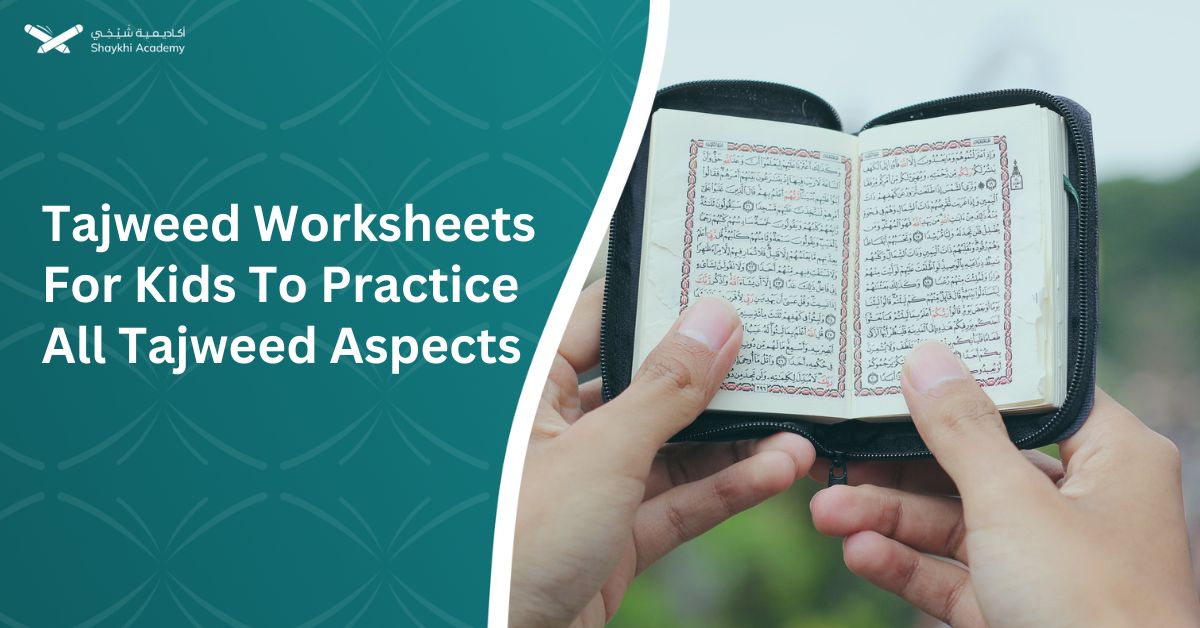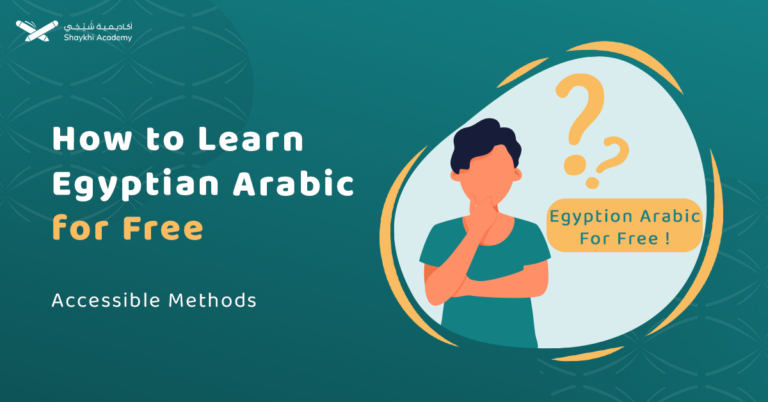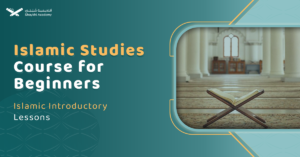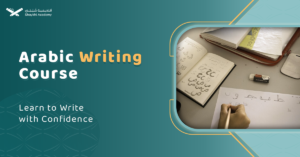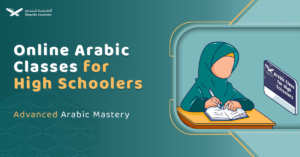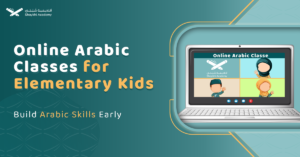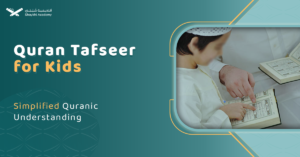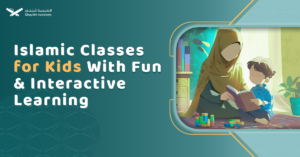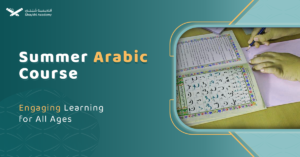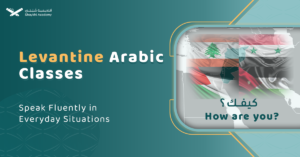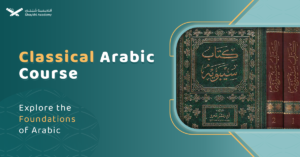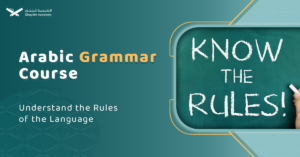Tajweed, the set of rules governing the correct pronunciation and recitation of the Quran, is crucial for ensuring that the words of the Quran are articulated accurately and beautifully. For children, learning Tajweed can be both a challenging and rewarding experience.
To aid in this educational journey, Tajweed worksheets are often used as practical tools. These worksheets provide structured exercises and visual aids that help children understand and apply the rules of Tajweed.
In this professional article, we will present a series of Tajweed worksheets specifically designed for young learners, focusing on various aspects such as articulation points, nasal sounds, and other key Tajweed rules.
Tajweed Worksheets for kids:
Tajweed worksheets for kids are essential tools to help young learners master the correct pronunciation and recitation of the Quran. These worksheets cover various aspects of Tajweed, such as articulation points, nasal sounds, long vowels, and specific rules like Ghunnah and Qalqalah.
Tajweed Worksheets for kids are designed to cater to different learning levels and styles, making the learning process engaging and effective. By using these worksheets regularly, children can develop a strong foundation in Tajweed, ensuring their Quranic recitation is both accurate and beautiful, while also deepening their connection with the Quran.
Makharej Al-Hurouf Worksheet (مخارج الحروف)
The five primary articulation points of Arabic letters: the oral cavity (Al-jawf), the throat (Al-halq), the tongue (Allisan), the lips (Al-shafatan), and the nasal cavity (Al-khayshoum).
Write the Letters for Each Articulation Point:
Arabic letters articulated with the tongue: ت ث د ذ ر ز س ص ط ظ ن ج ش ل ض ق ك.
Arabic letters articulated with the oral cavity: the long vowels ا – و – ي.
Arabic letters articulated with the throat: ء ه ع ح غ خ.
Arabic letters articulated with the lips: ب م.
Lahawya and Shafawiyya Worksheet (حروف لهوية وشفوية)
Lahawya (Lingual) and Shafawiyya (Labial) Letters
Lahawya: Letters pronounced using the back of the tongue against the upper palate. Examples: ق, ك.
Shafawiya: Letters pronounced using the lips. Examples: ب, م, ف, و.
Exercise:
Classify the Following Letters into Lahawya and Shafawiya:
ل, ب, م, ف, و, ك, ق, غ, ش, س
Lahawya Letters: __________________________
Shafawiyya Letters: __________________________
Ghunnah Worksheet (الغنة)
The ghunnah: a sound that emanates from the nasal cavity, specific to the doubled letters ن and م with a shadda.
ن with a shadda is pronounced with a ghunnah.
م with a shadda is pronounced with a ghunnah.
Identify the Words Containing a Ghunnah from the Following:
- النَّاس (An-Naas)
- المؤمنون (Al-Mu’minoon)
- محمَّد (Muhammad)
- والشمس (Wash-Shams)
- جهنَّم (Jahannam)
- ممّا خلقنا (Mimma Khalaqna)
- الضالين (Ad-Daalleen)
- إنَّ اللذين (Inna Alladheena)
Can you Find all the Ghunnah Words?
- Inna (إِنَّا)
- Tabbat (تَبَّت)
- Allah (اللًّه)
- Aamanna (ءَامنَّا)
- As-Saaliheen (الصَّالحين)
- An-Naqa (النَّاقة)
- Tatayyarna (تطيَّرنا)
- Umma (أمَّه)
- Asrafna (أسرفنا)
- Ammah (عمَّ)
- Hadana (هدانا)
- Hammat (همَّت)
Tanween Worksheet
Tanween is a substitute for the letter “nun” at the end of a word and comes in three types: Tanween al-Fath ( ً ), Tanween ad-Damm ( ٌ ), and Tanween al-Kasr ( ٍ ).
Circle the Words with Tanween:
- جزاءً (Jazaa’an)
- حراء (Hiraa’)
- دواء (Dawaa’)
- بابًا (Baaban)
- أبدًا (Abadan)
- مسك (Misk)
- صحفًا (Suhufan)
- حرجٌ (Harajun)
- سلام (Salaam)
- ناصحٌ (Naasihun)
- شاكرٌ (Shaakirun)
- يتسائلون (Yatasa’aloon)
- جنةٌ (Jannatun)
- حديثٍ (Hadeethin)
- جميل (Jameel)
- سورة (Surah)
- عزيزٍ (Azeezin)
Idgham Worksheet
Merging the”nun” with sukon (nun sakinah) or tanween into one of the following letters: ي, و, ر, م, ل, ن. It is divided into two types:
Idghaam with ghunnah: If one of the following four letters comes after the doubled “nun” or tanween: ي, ن, م, و.
Idghaam without ghunnah: If one of the following two letters comes after the doubled “nun” or tanween: ل, ر.
Underline the Words with Idghaam in The Following Verses:
- { ذَٰلِكَ الْكِتَابُ لَا رَيْبَ ۛ فِيهِ ۛ هُدًى لِّلْمُتَّقِينَ }
- { أُولَٰئِكَ عَلَىٰ هُدًى مِّن رَّبِّهِمْ ۖ وَأُولَٰئِكَ هُمُ الْمُفْلِحُونَ }
- (وَإِثْمُهُمَا أَكْبَرُ مِن نَّـفْعِهِمَا)
- (إِنَّ اللّهَ غَفُورٌ رَّحِيمٌ)
- (وُجُوهٌ يَوْمَئِذٍ نَّـاعِمَةٌ)
- (وَمَا لَكُم مِّن دُونِ اللّهِ مِن وَلِيٍّ وَلاَ نَصِيرٍ)
Place a Check Mark on the Type of Idghaam Present in The Verse:
| The verse | Idgham with Ghunnah | Idgham without Ghunnah |
| (وَيُؤْتِ مِن لَّـدُنْهُ أَجْراً عَظِيماً) | ||
| (وَيُسْقَى مِن مَّـاء صَدِيدٍ) | ||
| (خَيْراً يَرَهُ) | ||
| (أُوْلَـئِكَ عَلَى هُدًى مِّن رَّبِّهِمْ) | ||
| (هُدًى لِّـلْمُتَّقِينَ) | ||
| (وَمَا لَهُم مِّنَ اللّهِ مِن وَاقٍ ) |
Madd Letters (حروف المد)
Long Vowels:
There are three long vowels in Arabic:
Alif with a preceding fathah (ـا)
Yaa with a preceding kasrah (ـي)
Waw with a preceding dhammah (ـو)
Circle the words containing a long vowel:
- طَعَام (Ta’aam)
- وِعَاء (Wi’aa)
- آمنوا (Aamanu)
- تَنَادَوا (Tanaadaw)
- جِيءَ (Jee’a)
- سمع (Sam’a)
- الله (Allah)
- مقبُول (Maqbool)
- ائتُوني (I’tooni)
- تعلَّمُوا (Ta’allamu)
- أرأيت (Ara’ayta)
- إِيلافهم (Eelaafihim)
Izhar
If one of the following letters (ء, ه, ع, ح, غ, خ) comes after a silent nun (ن) or tanween, the pronunciation rule is Izhar, meaning the nun is pronounced clearly without ghunnah.
Underline The Words with Izhar in The Following Verses:
- عليمًا حكيما (Aleeman Hakeema)
- غفورًا رحيما (Ghafooran Raheema)
- أنعمت (An’amta)
- أصبحت (Asbaht)
- وانحر (Wanhar)
- غير المغضوب (Ghayr al-Maghdub)
- طيرًا أبابيل (Tayran Abaabeel)
- من أرضكم (Min Ardikum)
- فأتبع سببا (Fa’atba’a Sababa)
- إن هذان (Inna Hathani)
Madd Lazim Worksheet (مد لازم)
Understanding Madd Lazim
Madd Lazim involves lengthening a vowel sound due to a necessary cause, often followed by a letter with a shadda (ـّ). There are different types of Madd Lazim, including Madd Lazim Kalimi and Madd Lazim Harfi.
Exercise:
Identify The Madd Lazim in The Following Examples and Specify The Type:
- الطَّامَّةُ (At-Taamma)
- آلله (Aallah)
- دَابَّةٌ (Daabba)
- الم (Alif Laam Meem)
Type of Madd Lazim:
الطَّامَّةُ: ___________________
آلله: ___________________
دَابَّةٌ: ___________________
الم: ___________________
Questions:
What are the rules for pronouncing Madd Lazim?
Wajeb
How many counts (Harakat) are there in mandatory elongation (Madd Lazim)?
6 counts.
Iqlab Worksheet (إقلاب)
Understanding Iqlab
Iqlab involves changing the sound of a noon sakinah (نْ) or tanween into a meem (م) when followed by the letter ب. The sound is pronounced with a slight nasalization.
Exercise:
Identify The Iqlab in The Following Words and Underline It:
- أَنبَاء (Anba)
- مِن بَعْدِ (Min Ba’d)
- جَاء نَبِيًّا (Jaa Nabiyyan)
- مِن بَشَرٍ (Min Bashar)
- عَن بَكْرٍ (An Bakr)
Questions:
Why is Iqlab used in recitation?
How does the articulation change during Iqlab compared to regular pronunciation?
Qalqalah Worksheet (قلقلة)
Understanding Qalqalah
Qalqalah refers to the echoing or bouncing sound produced when pronouncing certain letters. It occurs with the letters: ق, ط, ب, ج, د, collectively known as “Qalqalah letters.” The strength of Qalqalah varies based on the position of the letter in the word.
Exercise:
Identify and Mark the Qalqalah Letters in The Following Words:
- قل هو الله أحد (Qul Huwa Allahu Ahad)
- قد أفلح (Qad Aflaha)
- أكبر (Akbar)
- يبخلون (Yabkhaloon)
- يجعل (Yaj’al)
- عبد (Abd)
- خلق (Khalaq)
Questions:
What happens to the pronunciation of Qalqalah letters when they have a sukoon?
How does the Qalqalah sound change if the letter is at the end of a sentence?
Learn Tajweed with Shaykhi Academy
Shaykhi Academy offers specialized courses designed specifically for children to learn Tajweed in a fun and effective way. The academy’s programs are tailored to meet the needs of young learners and help them build a strong foundation in Quranic recitation. Here are some of the key features:
1. Experienced Instructors: Shaykhi Academy employs experienced teachers who are skilled in teaching Tajweed to children, ensuring they learn the correct pronunciation and rules.
2. Engaging and Practical Learning: The courses are interactive and include practical exercises, making it easy for children to understand and enjoy learning Tajweed.
3. Tailored Curriculum: The curriculum is designed to cater to all levels, from beginners to more advanced students, allowing each child to progress at their own pace.
4. Convenient Online Classes: Shaykhi Academy also offers online classes, making it easy for students to learn from home or wherever they are, offering flexibility for busy families.
Shaykhi Academy’s approach ensures that children not only learn the technical aspects of Tajweed but also develop a deeper appreciation and connection with the Quran.
Why Choose Shaykhi Academy?
- Connect with highly qualified native tutors.
- Flexible scheduling to suit your busy lifestyle.
- Affordable classes tailored for all levels.
- Accessible from anywhere around the globe.
Discover Our Range of Courses:
- Arabic Noorani Qaida: Lay a solid foundation for Quranic studies.
- Online Quran Classes for Kids: Engaging lessons for lifelong learning.
- Tajweed Rules for Kids: Learn to recite with confidence.
- Quran Hifz for Kids: Step-by-step guidance to memorize the Quran.
- Quran for Adults: Introduce yourself to Quran reading and Tajweed rules.
- Online Arabic Courses: Master the language of the Quran.
- Islamic Studies: A wide range of topics related to Islam, including theology, law, Quranic studies, and Hadith.
Don’t Miss Out on Your Chance to Excel! Whether you’re a beginner or seeking advanced knowledge, Shaykhi Academy can guide you! Book your free trial now

Conclusion
Tajweed worksheets are a valuable resource in teaching children the proper pronunciation and recitation of the Quran. By utilizing a variety of worksheet designs—focusing on articulation points, nasal sounds, long vowels, and other Tajweed rules—educators can cater to different learning styles and levels.
These worksheets not only make learning engaging but also ensure that students develop a strong foundation in Tajweed.
For educators and parents, using these worksheets as part of a comprehensive Tajweed curriculum can significantly enhance a child’s ability to recite the Quran with accuracy and beauty.
As children progress, they can move from basic exercises to more complex ones, gradually mastering the intricacies of Tajweed. By consistently practicing with these worksheets, students can achieve proficiency in Quranic recitation, fulfilling both educational and spiritual goals.
